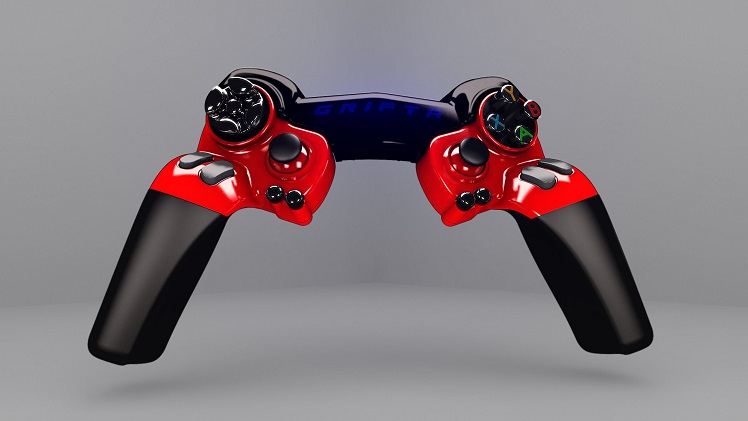The US and UK have apparently hacked Sim card firm to steal codes

So it appears that the US and British intelligence agencies have hacked into a major SIM Card manufacturer with the intent of stealing codes that enable them to eavesdrop on mobiles. The source of these apparent claims? Edward Snowden.
The Intercept which is an online publication, says that the move gave US and British surveillance agencies the chance to monitor a large section of the world’s cellular communication which includes both voice and data. Among the clients of the company are AT&T, T-Mobile, Verizon, Sprint and around 400 other wireless network providers.
Each Sim card has a unique encryption key that secures all communications between the handset in which it inserted and mobile phone towers. So if anyone were to snoop the conversations or text messages, they would just receive garbled data. But if the hacker had the encryption key, then they can decrypt the communications. Although, on the plus side, this only works for phone conversations and text messages. So if you use WhatsApp or any other services, you’re somewhat safer.
Gemalto, the company which was allegedly targeted, manufactures around 30% of all Sim cards worldwide and it also creates the encryption key for each Sim card. All security agencies had to do was to get the list of security keys from the firm. Then they could snoop on phone calls.
Eye tracking could change the way we see games

The traditional keyboard/mouse combo for most computers and indeed the gamepad for consoles hasn’t really changed over the years. However, things are starting to change. With widespread adoption of speech and gesture recognition for PCs, mobile devices and console game systems, upcoming VR headsets like the Oculus Rift and Sony Morpheus are expected to change the way we interact with video games.
In the background, a little bit of tech that has been going unnoticed, is ready to rear its head. Eye-tracking is the general term for systems that monitor your eye movements and determine where you’re looking. Used in medicine to operate speech synthesizers for paralyzed patients, it has also been known top pop up in the odd place such as pizza restaurants.
The PC version of Assassin’s Creed: Rogue will ship later this year with eye-tracking tech built in. By way of the Tobii EyeX peripheral, players will be able to direct the game’s third-person viewpoint simply by looking at where they want to go next.
Usually, in a traditional PC set-up for third-person games such as this, players control the view camera with the mouse. With eye tracking, Tobii’s system uses near-infrared microprojectors and optical sensors, mounted above the keyboard, to detect precisely where you’re looking onscreen. So basically, you look left, and the camera rotates left. Focus on a particular object, and the game might zoom in or trigger an interaction, depending on context.
Combined with speech recognition, gesture control and the impending VR revolution, eye-tracking tech may well be part of a vital change in how we interact with our computers, game systems and devices.
Speaking of gamepads, have you seen the Kickstarter?

We still don’t have a standard controller that can play everything. Meet the Grifta Kickstarter. Instead of working with a single design scheme, the Grifta’s modular design flips from a classic controller, to a handgrip/mouse combo, to an IR-tracking motion gun with the same device. Sounds cool? It gets better. It’s intended for use on PC, Android, Xbox, and PlayStation platforms
Rather than working within the parameters of a single gamepad, the Grifta modules function as gamepad components that can be customized to suit the user’s needs. Wanna go old school? Simply connect a D-Pad unit with an ABXY button unit. Then can even function independently as well. You can also play in keyboard mode, using the Grifta D-Pad unit for movement and a mouse for precise aiming. Using mechanical switches instead of rubber, it comes with custom grips that fit different hand sizes.
Additionally, the Infra-Red Antler attachment turns the Grifta into a motion controller. You could turn one direction in an Oculus Rift while aiming with your hands, instead of a traditional controller. Later stretch goals include mobile and tablet expansions, letting you play Android devices on the go with familiar control schemes.
The project is still at 60% of its base goal though. If successful, backers will start receiving their Grifter controllers in Summer 2016 – whether they’re good enough to fully replace your traditional gamepads remains to be seen. Check out the video too.






GIPHY App Key not set. Please check settings